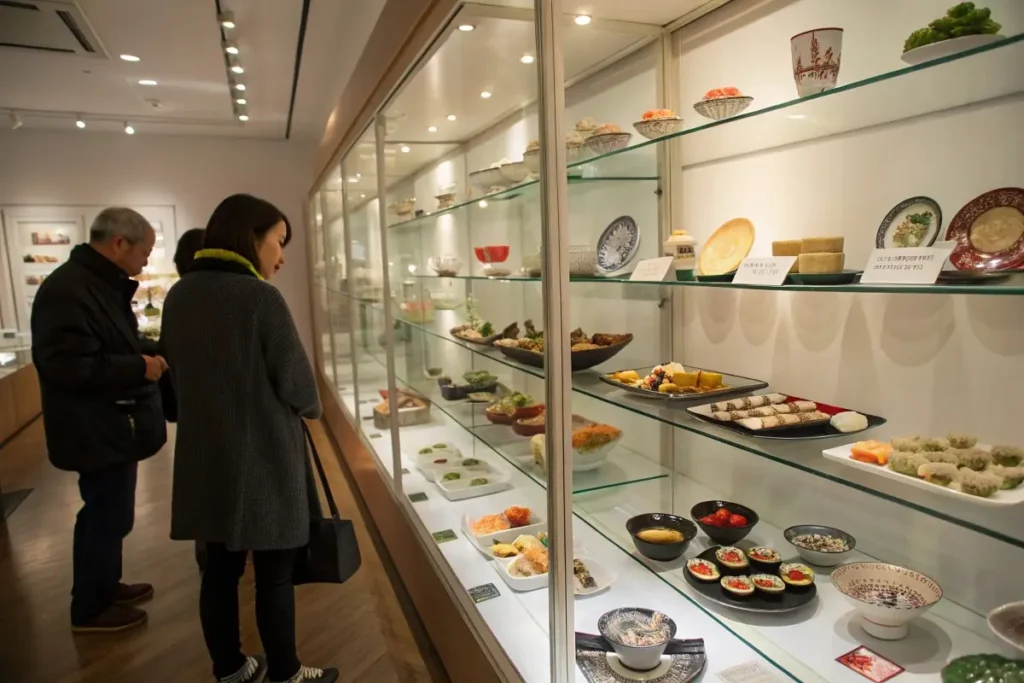If you’ve ever strolled by a Japanese restaurant window and marveled at the hyper-realistic dishes on display, then you’ve already encountered japanese fake food sanpuru. Dubbed “food samples” in English, these meticulously crafted replicas go far beyond simple wax models. They capture every swirl of ramen, glimmer of glistening sauce, and even the precise browning on tempura in astonishing detail.
Though Japanese Fake Food Sanpuru displays might seem like mere decoration, they represent a multibillion-yen industry, a proud craft spanning nearly a century, and a marketing tool that helps diners visualize menus at a glance. From sampuru (the Japanese term for these replicas) to high-end artisanal pieces, the world of replica food stands as a testament to Japan’s commitment to both artistry and functionality.
Though Japanese Fake Food Sanpuru originated in Japan, imitation cuisine can now be found worldwide, from American-themed diners in Tokyo to malls in the United States showcasing American fake Japan food. As you’ll discover, each piece demands a blend of sculpting prowess and intimate knowledge of culinary presentation. Let’s delve into every aspect of Japanese Fake Food Sanpuru, from how it came to be so realistic to the techniques still used today. If you’re intrigued by more Japanese culinary culture, explore our Best Japanese Foods to see how real dishes influence these remarkable replicas.
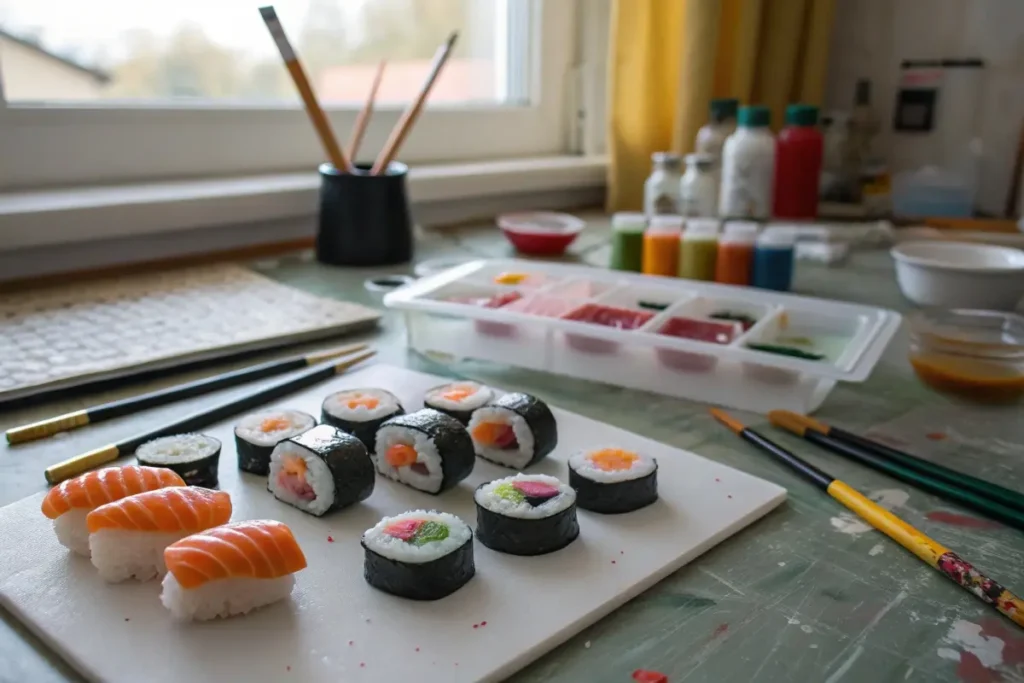
1. The Concept of Japanese Fake Food
The Phenomenon of Replica Cuisine
The idea of displaying plastic or resin-based food might seem novel to outsiders, but japanese fake food sanpuru is deeply woven into everyday dining culture. Almost every restaurant in Japan—from casual ramen shops to high-end establishments—uses these displays to present their menu offerings visually. This practice helps customers understand portion sizes, ingredients, and plating, especially beneficial for foreigners navigating Japanese-only menus. Over time, fake food Japanese displays evolved from simple wax blocks into convincing illusions of steam and sauce, captivating tourists and locals alike.
Purpose and Marketing Impact
Japanese Fake Food Sanpuru, or replica food, serves as a marketing tool, quickly conveying a restaurant’s specialties to passersby. Since many Japanese eateries operate in crowded urban areas, a well-crafted display can distinguish them from competitors. Customers appreciate the clarity: seeing a dish is far more convincing than reading about it, especially when the language barrier exists. By bridging that gap, Japanese Fake Food Sanpuru fosters a smoother dining experience.
The Overarching Craft
Each piece of replica food is custom-made, often requiring intense collaboration between artisans and restaurant owners. Chefs may bring real dishes to the studio, where artisans dissect the plating and structural details. The final look must not only be accurate but also slightly idealized, capturing the “perfect” version of the meal. For instance, fake ramen might show every noodle strand suspended in just the right swirl.
Beyond Restaurant Windows
While the core function of sanpuru remains as menu advertisement, the artistry has expanded to souvenirs, keychains, magnets, and even smartphone cases. Tourists can buy miniature sushi or bento-shaped trinkets. Some companies collaborate with designers to create avant-garde installations for exhibitions, bridging the gap between culinary marketing and conceptual art.
Intrigue for Tourists
Visitors from abroad often find Japanese Fake Food Sanpuru displays mesmerizing. They’re so ubiquitous that entire shops in areas like Tokyo’s Kappabashi district or Osaka’s Doguyasuji specialize in selling them. People can watch demonstrations, try short workshops, and even craft a basic piece themselves. This interactive element adds an educational layer, revealing the labor, skill, and cultural significance behind each sample.
If you’re interested in real Japanese dishes that inspire these replicas, check out our Japanese Curry Recipe One Piece to see how a hearty bowl of curry rice might translate into a dazzling display. Understanding actual cooking processes can deepen your appreciation for how replicate crafters capture each nuance so faithfully.
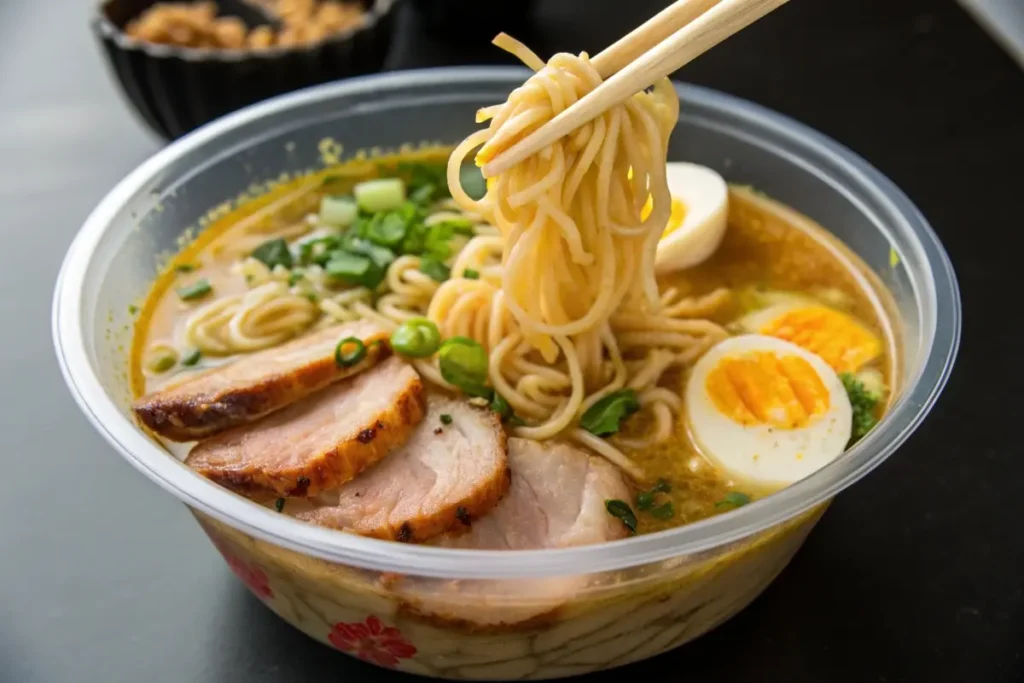
2. Crafting the Ultimate Sanpuru
The Art of Shokuhin Sample
Japanese Fake Food Sanpuru creation is a specialized art, passed down through apprenticeships or taught in boutique workshops. The method goes beyond just casting plastic shapes. Artisans use multiple layers of colored resin, paint, and molding techniques, ensuring the final piece looks realistic from every angle.
Materials and Techniques
- Resin, Vinyl, or PVC: Most modern fake food Japanese items use polyurethane resin due to its durability and clarity. Wax was common in the early 20th century, but melted easily in summer heat.
- Silicone Molds: For certain shapes—like a shrimp’s curved body—crafters create silicone molds from a real shrimp. This mold captures minute ridges and textures. Once poured and hardened, each piece is hand-painted for final detail.
- Layered Coloring: Achieving a “seared” look or a gradient in a half-sliced fruit demands successive paint applications. An artisan might spray a base color, then add highlights or shadows, finishing with a protective gloss coat to mimic moisture or oil.
- Textural Manipulations: For watery sauces like curry or soup, artisans swirl tinted resin while it’s semi-cured, capturing the fluid motion. For crispy textures, a stiffer resin is sculpted to replicate crunchy edges.
Traditional vs. Modern Innovations
While old-school artisans remain loyal to the “see it, replicate it” approach, newer studios incorporate 3D scanning and digital modeling. For instance, a brand might digitize a chef’s signature plating, then 3D-print molds that replicate the dish’s geometry precisely. The result is still refined by hand, underscoring how even advanced technology cannot replace a craftsman’s eye for subtle details.
Environmental Considerations
With american fake japan food displays popping up in global chains, concerns arise regarding plastic usage. Some studios explore eco-friendly or biodegradable resins, aiming to reduce waste. While these materials cost more, they reflect the industry’s awareness of sustainability. Discerning clients—especially eco-conscious restaurants—value authenticity without fueling plastic pollution.
The Lifespan of a Replica
The lifespan of Japanese Fake Food Sanpuru can be impressive. High-end sampuru can last for years, retaining colors under indoor lighting. Overexposure to direct sunlight might cause fading, but with proper placement, the display looks fresh and inviting for a long time. For restaurants redoing menus, artisans can refresh older items or re-sculpt them altogether, ensuring the displays remain up-to-date.
If you’d like to see how real dishes inspire these crafts, refer to our Traditional Japanese Desserts Recipe to imagine how a replica mochi or dorayaki might come to life in a workshop. Observing the genuine dish’s texture and color layering can help you grasp the intricacies crafters replicate.
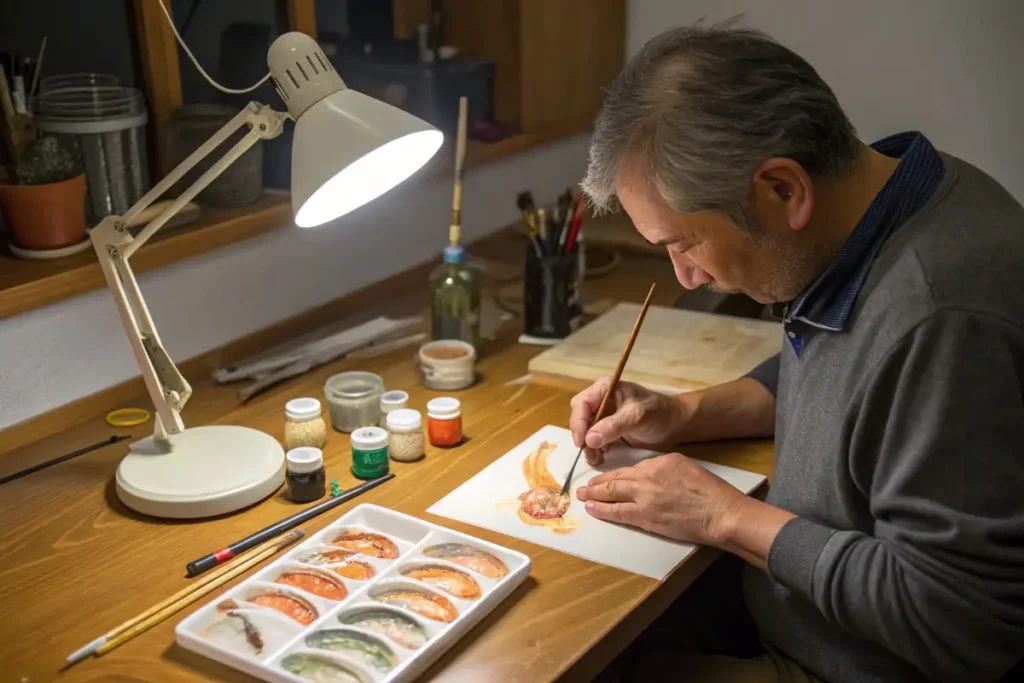
3. History and Examples: From Wax Blocks to Global Fascination
Early Beginnings
The roots of japanese fake food sanpuru trace back to the Taisho and early Showa periods (1920s-1930s), when restaurateurs realized Western diners often struggled with Japanese menus. To address this, entrepreneurial artisans began molding wax shapes that loosely represented the dishes. Though rudimentary by modern standards, they provided a crucial visual cue for non-Japanese speakers.
Post-War Commercial Boom
After World War II, Japan’s economy soared, fueling a bustling restaurant sector. Customers from diverse backgrounds—both local and foreign—sought clarity in menu choices. Japanese Fake Food Sanpuru displays, now more sophisticated thanks to better wax formulas and evolving craftsmanship, became ubiquitous. By the 1960s, entire business districts specialized in producing sampuru. Restaurants competed not only on taste but also on the quality of their plastic displays—an effective marketing tool in neon-lit cityscapes.
From Wax to Resin
In the 1970s and 1980s, the industry shifted from wax to more heat-resistant plastics like vinyl chloride and polyurethane resin. Wax replicas melted or deformed during Japan’s hot summers, but plastic-based “food samples” withstood high temperatures, remained vibrant, and could capture finer details. This development catapulted replica food into a new era of hyper-realism.
Modern-Day Landmarks
- Kappabashi, Tokyo: Known as the capital for fake food Japanese items, with shops selling everything from keychains to large-scale replicas. Tourists can watch demonstrations or take short classes in sampuru crafting.
- Gujo Hachiman, Gifu Prefecture: Famous for “food sample making” tours. The region’s historical studios offer insights into traditional processes.
- International Influence: Beyond Japan, replica cuisine has spread to theme parks, movie sets, and cultural exhibitions. Some American eateries adopt a sanpuru-style display, bridging aesthetics with marketing allure.
Examples of “Sanpuru” Mastery
- Creamy Omurice: The half-flipped omelet brimming with tomato rice is often showcased mid-slice, revealing the bright red filling.
- Towering Soft-Serve Cone: Gravity-defying swirl sculpted perfectly, with droplets of “melting” cream along the edges.
- Slice of Cake with Fruit Toppings: Each fruit piece individually molded, with “whipped cream” that looks freshly piped.
For a deeper look at how real Japanese plates might appear before their replica food versions, see our Japanese Shrimp Recipes to appreciate the luscious pink hues that artisans replicate in “fake shrimp.” Over decades, sampuru has gone from a local necessity for bridging language gaps to a global curiosity—one that merges tradition, innovation, and a dash of playfulness.
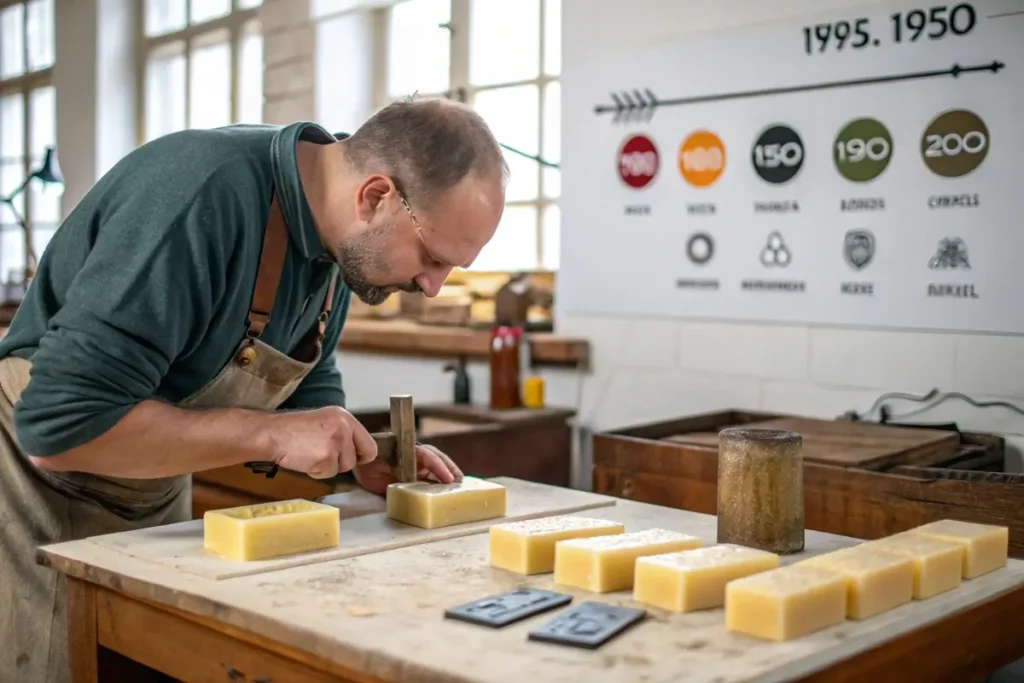
4. Practical Examples and Use Cases
While japanese fake food sanpuru remains iconic for window displays, it has other surprising applications and benefits. Here’s how fake food Japanese replicas help businesses and hobbyists alike:
1. Restaurant Showcases
Use Case: A ramen shop in a busy tourist district invests in a life-size replica of each ramen variety on its menu. This lineup captures the eye of passersby, helping them decide which bowl suits their taste.
Why It Works: The immediate visual is more powerful than text-based descriptions, especially for foreigners with limited Japanese. By removing guesswork, the restaurant experiences fewer line slowdowns and better customer satisfaction.
2. Training and Education
Use Case: Culinary schools might use replica food for practice plating, especially for complex dishes. Trainees can handle these “ingredients” repeatedly without worrying about spoilage or cost.
Why It Works: Aspiring chefs hone their presentation skills, focusing on arrangement and portion without needing a constant supply of fresh produce.
3. Film and Photography Props
Use Case: Studios or ad agencies require stable, unchanging meals for multi-day shoots. Real food wilts or discolors under studio lights, complicating production.
Why It Works: Sampuru stands remain photogenic under intense lighting, enabling re-shoots anytime without continuity errors. Scenes requiring repeated takes benefit from these immortal meals.
4. Collector’s Items and Home Decor
Use Case: Some individuals collect fake food Japanese items for personal enjoyment or quirky interior design. A meticulously rendered sushi platter might adorn a glass cabinet.
Why It Works: The artistry behind these pieces, plus their novelty factor, appeals to fans of Japanese culture. It’s also a conversation starter at home or the office.
For more conventional uses of Japanese culinary art, explore our Japanese Chicken Fried Rice Recipe if you’d rather cook the real deal. The synergy between authentic cuisine and replica food demonstrates how aesthetics play a vital role in Japan’s food culture, bridging commerce, artistry, and even education.
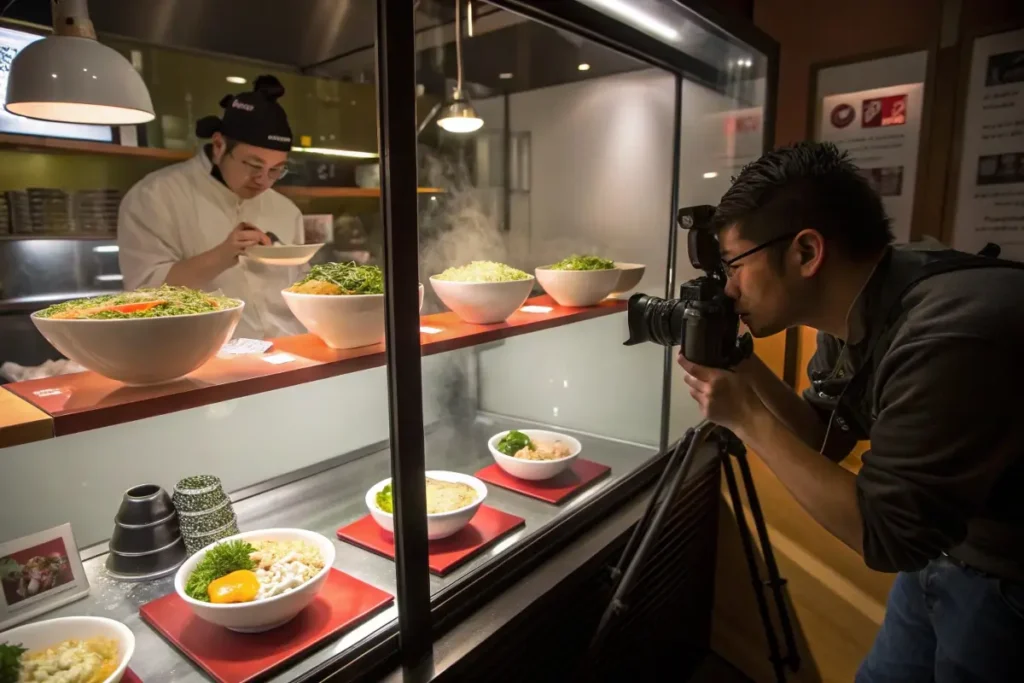
5. FAQs about Japanese Fake Food Sanpuru
1. What is Sanpuru made of?
Sanpuru often uses polyurethane resin or plastic materials. Historically, artisans used wax, but it melted and deformed easily. Modern resins can withstand heat and allow for highly detailed, lifelike textures.
2. What is the fake food in Japan called?
It’s commonly referred to as sampuru (or “sanpuru” in romanization). Officially, you might also see it called shokuhin sample—translating to “food sample.” The practice goes beyond simple menus, serving as marketing and an art form.
3. What is the Japanese art of making fake food?
This craft involves molding, painting, and assembling hyper-realistic replicas of dishes, primarily for display. Artisans rely on silicone molds of actual food, then pour and sculpt resins. Some describe it as a specialized offshoot of sculpture or model-making, demanding both fine motor skills and an understanding of cuisine aesthetics.
4. What is prop food made of?
In general, prop food for movies can be made of rubber, foam, or even paper mache. In Japan, specialized sampuru uses resins or vinyl chloride to replicate the color, translucence, and shape of real food. Painted details add authenticity, from sauce drips to seared edges.
5. How long do replicas last?
High-quality pieces can last for years without fading, especially if displayed indoors away from direct sunlight. Some can maintain color vibrancy for a decade or more with minimal maintenance. Occasional dusting is all that’s needed.
6. Can I buy Japanese fake food as souvenirs?
Absolutely. Certain stores in Tokyo’s Kappabashi or Osaka’s Doguyasuji cater to tourists, offering mini keychains, magnets, or full-sized samples. Visitors can even take short workshops where they create a simplified piece themselves.
7. Are these replicas eco-friendly?
Traditional resins aren’t biodegradable, prompting some studios to develop more eco-conscious materials. Although the shift is gradual, using durable pieces also reduces the need for frequent replacements, somewhat offsetting environmental concerns.
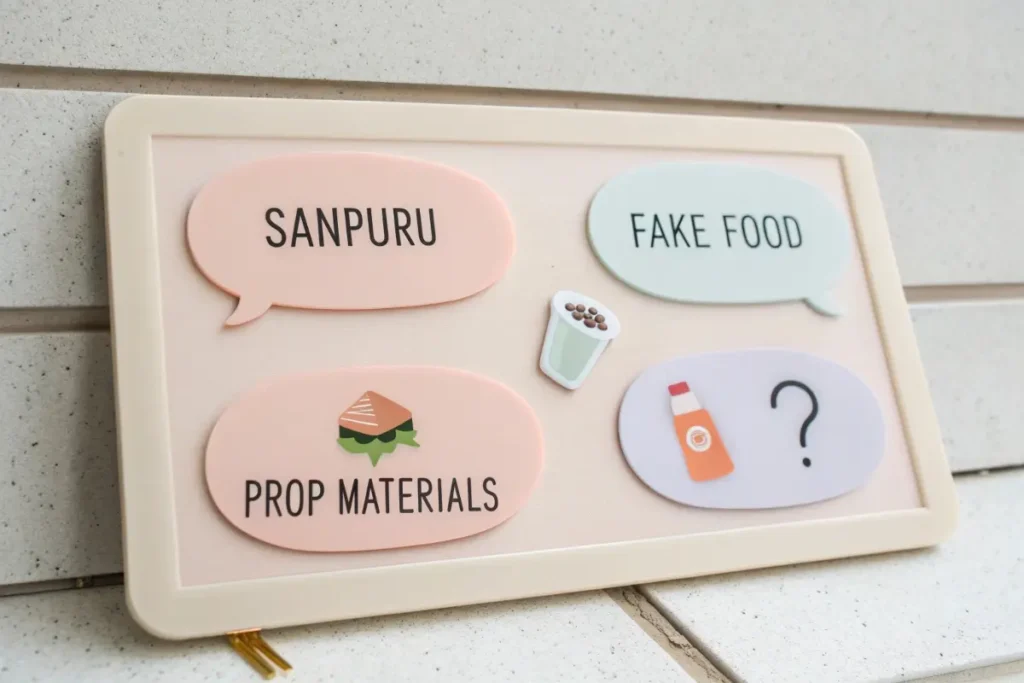
Conclusion for Japanese Fake Food Sanpuru
At the intersection of art and cuisine, japanese fake food sanpuru captivates with its uncanny realism and practicality. Even though these replicas don’t satisfy hunger, they serve an equally important purpose: guiding consumers, bridging language gaps, and promoting a restaurant’s best offerings. Intricately crafted from resins and paint layers, each sampuru stands as a tiny masterpiece, capturing the “essence” of a meal in permanent form.
From humble wax beginnings to modern 3D scanning, the craft has evolved, reflecting Japan’s drive for precision and visual appeal. Indeed, Japanese Fake Food Sanpuru extends beyond commercial windows—entering homes as conversation pieces, film sets as reliable stand-ins, and even foreign markets drawn to the concept of fake food Japanese. If you’re curious to see what real Japanese cuisine looks like before it’s replicated, check out our Noodles Japanese Pan Noodles Recipe for a glimpse into the dishes artisans often immortalize in plastic.
In a world fascinated by the boundaries between real and artificial, Japanese Fake Food Sanpuru remains a delightful example of Japanese craftsmanship and whimsy. Next time you pass a restaurant’s display bursting with vivid ramen bowls or shiny sushi pieces, take a moment to appreciate the skill, time, and creativity behind them. After all, these objects—while fake—are a genuine testament to the artistry at the heart of Japanese culinary culture.
